Craftswoman from China’s Gansu dedicated to recreating ancient types of incense
Lu Wen, an inheritor of a craft used for making incense in northwest China’s Gansu Province, has devoted herself for over 10 years to recreating types of incense that had once been used in ancient times.
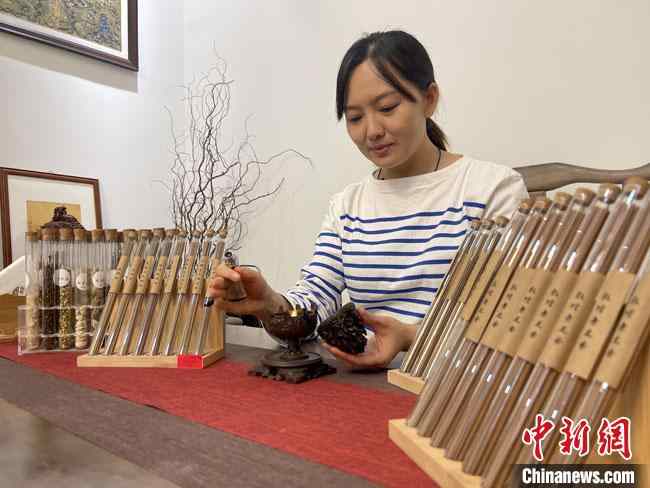
Incense maker Lu Wen burns some incense. (Chinanews.com/Gao Ying)
Over the course of the past years, Lu, who is based in the provincial capital city of Lanzhou, has made frequent visits to the province's Dunhuang city, which is home to the millennium-old Mogao Grottoes, a famous world cultural heritage site, in order to uncover traditional recipes for making ancient types of incense as recorded in written documents. Since then, she has recreated five to six different kinds of ancient incense varieties every year based on the recipes found in Dunhuang.
Lu introduced that the images of burning incense in the frescoes inside Dunhuang's caves, including the Mogao Grottoes, inspired her to recreate the ancient incense.
But it is not easy to recreate Dunhuang's ancient incense varieties, which date back 1,000 years ago. The first problem is to find the recipes recorded in written documents from the Library Cave of the Mogao Grottoes, as many of these documents were lost overseas. Another problem lies in how to interpret these ancient documents since many were written in several languages, including ethnic-minority languages.
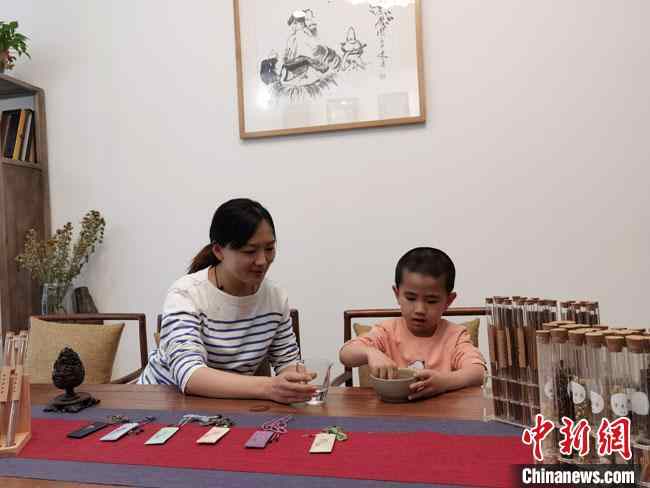
Lu Wen teaches a student how to make incense. (Chinanews.com/Feng Zhijun)
Thanks to in-depth exchanges between the Dunhuang Academy and overseas museums, researchers have gained access to the digital version of some of Dunhuang's lost written documents, including those that describe recipes for making incense. With the help of experts from the Dunhuang Academy, Lu has recreated several different types of Dunhuang's ancient incense, which are popular among consumers.
"I can sell at least 100 ancient incense sticks recreated according to the written documents from the Library Cave every month. Some types of ancient incense have won great popularity with consumers and are often in short supply,” the craftswoman said.
The process of recreating ancient incense can be long and complicated, Lu said, explaining that she has to strictly obey the recipes in the written documents, applying the wide array of raw materials and tools indicated in the documents.
It may take her as much as one year to recreate one type of Dunhuang's ancient incense, but she always feels excited after succeeding in recreating a new particular variety of incense.
Dunhuang's ancient incense can induce a feeling of relaxation, and its aroma lingers long and will not decay as time goes on, introduced Lu.
In recent years, Lu has attracted hundreds of enthusiasts interested in incense culture. By holding online and offline courses and training, Lu hopes to revive the craft of making Dunhuang's ancient incense together with more and more people.
Photos
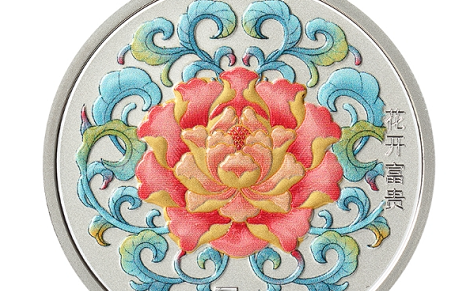 China’s central bank to issue commemorative coins on cultural theme of auspiciousness, including two heart-shaped coins
China’s central bank to issue commemorative coins on cultural theme of auspiciousness, including two heart-shaped coins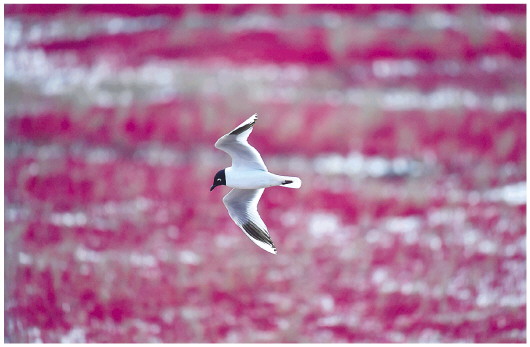 Population of endangered black-headed gulls exceeds 10,000 mark in NE China’s coastal city of Panjin
Population of endangered black-headed gulls exceeds 10,000 mark in NE China’s coastal city of Panjin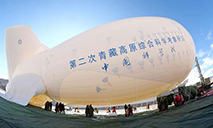 China's self-developed floating airship breaks record
China's self-developed floating airship breaks record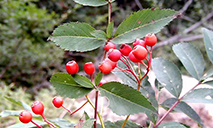 Chinese germplasm bank conserves biodiversity in warm temperate zone
Chinese germplasm bank conserves biodiversity in warm temperate zone
Related Stories
- Inheritors pass down intangible cultural heritage of traditional incense craft in SE China’s Yongchun county
- Incense maker brings sweet scent of poverty relief to village
- Famous incense maker in E China's Zhejiang
- Arab descendants promote tradition of making incense in China
- Incense and pressure vents
- Tripping out on incense
- Incensed-and loving it
Copyright © 2022 People's Daily Online. All Rights Reserved.






